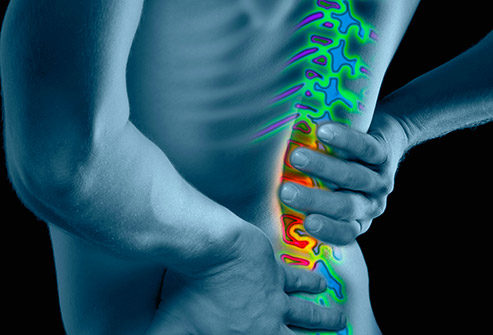Chiropractic is a technique based on the readjustment of displaced vertebrae through the manipulation of the spine and pelvis. The goal is to release the compressed nerves that cause pain and other disorders.
What is chiropractic?
Chiropractic treatment involves manipulating the cervical, dorsal and lumbar regions and other parts of the body to adjust the vertebrae, release blockages and restore physiological balance. It is mainly used to remedy deficiencies and blockages related to the neuromusculoskeletal system (bones, muscles, nervous system). It would also help alleviate some of the other ills.
In the chiropractor
The initial visit looks like a medical consultation. The chiropractor first notes the person’s health status, medical history, and concerns. It then carries out a general physical examination and a detailed examination of the spine and the painful places. He may recommend additional tests (radiography, blood analysis, ultrasound, etc.) to confirm his diagnosis and verify the health of the vertebrae and joints. He then draws up an intervention plan.
The chiropractor does not prescribe medication or surgery. It mainly relies on manipulations to “adjust” the spine. The correction of misalignments, which chiropractors call subluxations, would release the nerves and the spinal cord, thus restoring the body to its capacity for natural self-healing. The proper treatments, on the spine, the pelvis, and the other joints, generally last from 10 to 20 minutes. If there is inflammation or muscle spasm, the chiropractor may use different techniques (ultrasound, electrotherapy, massages, pull-ups, stretching exercises, etc.) to maximize the effects of vertebral manipulations. It can also advise on lifestyle habits (nutrition, exercise, vitamin supplements, etc.).
Some people believe that the cracking heard during treatment is a danger or indicates an unbearable pain. Rest assured, the “jack-crack” is only the result of a sucking phenomenon that occurs naturally when one manipulates the joints (a little like when one “cracks the joints”).

The chiropractic, less and less controversial
For decades, official medical schools have spread the idea that chiropractic is harmful or, at best, irrelevant. But in 1987, the US Supreme Court called the boycott of the American Medical Association against chiropractors illegal. Currently, in the Western world, chiropractic is the third-largest medical profession, after medicine and dentistry; And this is the most commonly used alternative approach.
Despite its recognition, as a result of extensive studies by the Canadian and American governments, it continues to generate some controversy even among the chiropractors themselves. One of the main points in dispute is that the very existence of the subluxations has not been demonstrated in a rigorously scientific manner, for example, on an x-ray. In addition, the renowned Dr. Edzard Ernst, holder of the Chair of Complementary Medicine in Exeter, England, questioned the value of chiropractic, except for back pain.

The Benefits of Chiropractic
Chiropractic indicates if you have pain or discomfort vertebral joint (stiff neck, back pain, low back pain), or functional disorders, especially digestive or ENT. Migraines due to the displacement of a cervical vertebra may disappear in one session.

The Possible Dangers Of Chiropractic
Chiropractic is to be avoided if you have osteoporosis, some types of inflammation (rheumatoid arthritis), or painful sciatica. Spinal or joint manipulations are not recommended if you have a problem infectious, traumatic (fracture), or tumor. Studies in the United States show that patients with access to chiropractic care are less sick than others. Some scientists, however, have doubts about the safety of vertebral and cervical manipulations.

How does a chiropractic session take place?
It is installed on an articulated table. During the first session, the chiropractor performs a physical examination (analysis of posture, palpation of muscles and joints, etc.); Take your bone X-rays if you have them. The practitioner then completes his diagnosis by palpation to identify displacements and pain points. It then readjusts the vertebra displaced by a specific pressure. Cracking heard, but you should not feel any pain. In general, it takes three or four sessions to overcome a mechanical problem of low back pain. Part of the costs covered by group insurance.


